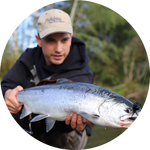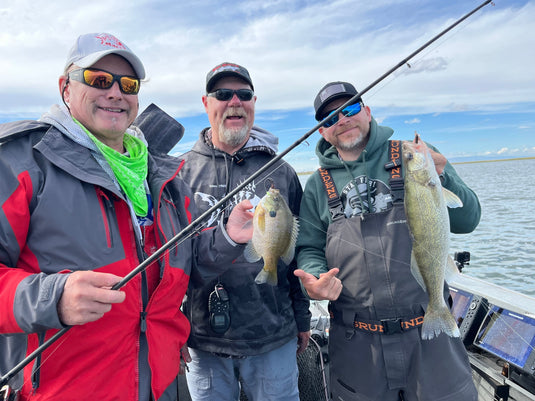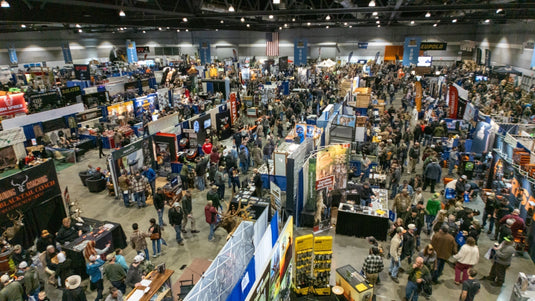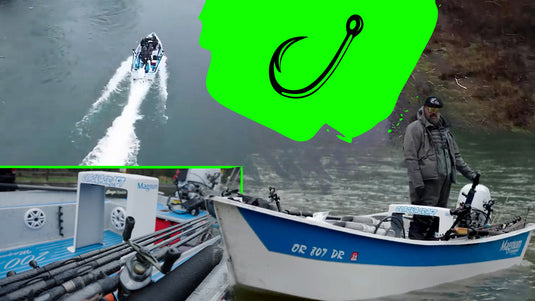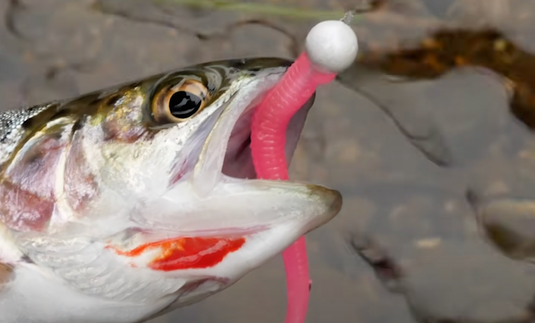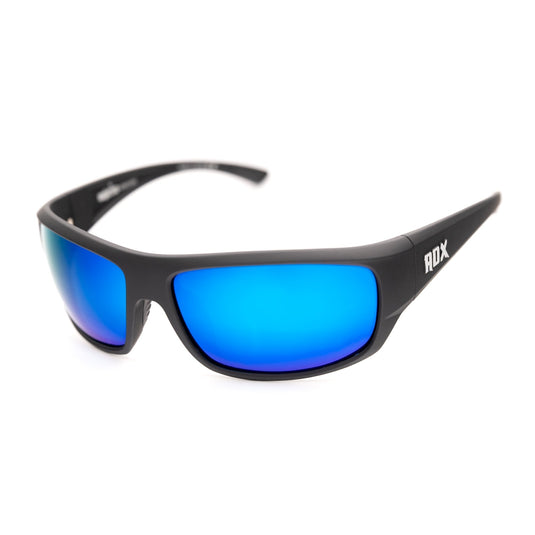Hog-Line Etiquette | Anchor Fishing For Salmon

 Anchor Fishing For Salmon on the Columbia River
Anchor Fishing For Salmon on the Columbia River
This fall the Columbia River will a large run of chinook salmon blasting through tidewater all the way to the upper reaches. Fishermen all over will hitch up boats in anticipation of great fishing, forming "hog-lines" up and down the big river. With this in mind we thought we'd share a little bit of info on anchoring etiquette.
Every boat in the river has got a place they want to fish and even if you don't, you can always pull into a line of boats and join the party! Hog-lines are especially popular with productive wobbler fisheries, like on the lower Columbia.
Most of you experienced fishermen already know this stuff - please share it around to get this info out. These are simple guidelines to follow to keep the focus on the fishing.
1. NEVER Anchor Less Than ...
The anglers above you should always have sufficient room to throw buoy and drop back, while fighting a potentially big fish (Chinook Salmon can exceed 50 pounds) and then navigate their boat to a safe location to fight the fish. The correct course would be towards the middle of the river to battle the fish if at all possible. If you anchor below another boat, give them PLENTY of room, because after a salmon strikes it will normally run downriver.
You should not drop your anchor downriver closer than 75 yards from other boats. You could potentially have up to 100 yards of anchor line out. This distance will give boats above you room to keep their fish out of your anchor line. If you anchor directly below another boat or another hog-line with very little room it could end up with their fish, wobbler, and set up tangled in your anchor line, a scenario neither of you is likely to enjoy.
2. Leave Enough Room on Both Sides of Your BoatBumper boats makes it easy for lines to get tangled and boats to get damaged. It's way too common for fish to be lost when hang ups between fishing lines happen. Try to leave enough room on either side of your boat. Hog-lines can become tight, a good rule of thumb is to judge the distance other boats have given themselves and try to stick with the same basic scheme the rest of the hog-line is implementing.
3. When In Doubt Throw Anchor
If you are fishing the big river you should have a Columbia River style anchor-system. You should be using a sand anchor, 5-7 feet of chain, a minimum of 150 feet of 3/8” anchor rope, and a round ball anchor float attached to an anchor lift system. Now you can place a small buoy on the end of the anchor rope to disconnect, throw anchor & chase a fish. The small float helps keep the rope’s loose end from being pulled under water.
The reason for disconnecting & floating away from the hog-line is out of courtesy to the other fishermen. If you try to fight your fish from the hog-line not only do you jeopardize losing your own fish, you jeopardize all the gear of every fishermen around you. Fall Salmon run in small schools, so if you catch one... another fish iss often near! Your hog-line neighbor would be pretty annoyed If he lost his chance at a big fall salmon while untangling his gear from your fish.
 4. Stay Out of The Shipping Channel
4. Stay Out of The Shipping Channel
A friendly warning... Anglers and other boaters who anchor in the shipping channel of the Columbia River could be hit with citations costing up to $5,000. If you are cited under state law, it’s a $260 fine, but if the U.S. Coast Guard cites you, it can be as much as $5,000. Large ships can travel 1.5 miles in six minutes, but because they are so large, their speeds appear much slower. Waiting until the ship is visible as it comes around a bend leaves no time to pick up anchor and get out of their way! Hog lines that are flirting with extending out and getting close to the channel... don't risk it, just go anchor somewhere else!
5. In Closing
When in doubt, if you are wanting to take on the Columbia it is better to be safe than sorry. Go with someone who knows what they are doing first, whether it's a seasoned friend or a Columbia river guide. Because if something does go wrong everything happens fast and can get life threatening very quickly. Once you have practiced a few times and feel comfortable anchoring with the other boats then we'll see you out on the river!
Those that want to learn the ins and outs of anchor fishing: Check out our Columbia River Guide here.
This could be the best year for Fall Chinook the Columbia has seen in many decades, not to mention a good year for Coho as well! If you're looking for info on how to wobbler fish - read this article.
Article By: Marlin LeFever & Lucas Holmgren



